Leave it to Curt Cignetti to lay bare the new reality in college sports: Now more than ever, programs within athletic departments are competing for money.
Entering his second year as head football coach at IU, Cignetti was asked recently what he thought of the spring additions to his roster.
Enter tongue into cheek.
“I’d like to have signed a few more, but when we hired Darian (DeVries) and he lost his whole roster, money got a little tight because he had to put a team together, and I felt the pinch,” Cignetti said.
Cignetti managed to crack a smile after his joke drew laughter, but there is at least some basis in reality in those words.
There’s always been some degree of tension between the programs in power conference athletics. How schools invested in things like facilities and coaching salaries across their various sports signaled how competitive they wanted to be in those endeavors.
But still, there have been plenty of examples over the last quarter century of power conference schools competing at a relatively high level in both football and men’s basketball. Big Ten programs like Wisconsin, Michigan, Michigan State and Ohio State come to mind.
But with the introduction of NIL four years ago came a massive sea change, as schools were suddenly in a position to start influencing which athletes in various sports received money.
And with the approval of the House settlement last week, every school will have more than $20 million to directly share with athletes. So now more than ever we’ll see just how much athletic departments want to be football schools or basketball schools, and how they’ll go about striking that balance.
IU AD Scott Dolson came up as a manager with the basketball program, but he’s stated publicly on multiple occasions he thinks football is the economic engine of his department. In the years to come, Indiana might try as hard as any school to thread the needle and find the sweet spot for both good football and basketball.
“Football is important. Football drives so much revenue,” Dolson said last September.
“That’s why Coach Cignetti is here. We need to be relevant in football. We need to make sure we get that momentum because it drives the engine for the whole department. Certainly men’s basketball speaks for itself as well, particularly here at Indiana, but football is really, really critical.”
So what impact might the recently approved House settlement have on Indiana?
On the whole, it looks better for football than basketball when it comes to the national landscape.
Schools are allowed to allocate $20.4 million of revenue to athletes as they see fit. Most will likely give $2-4 million to men’s basketball players, and almost all of the rest to football players.
It won’t come as a surprise if IU gives more $5 million to basketball players, but there will still be a significant amount allocated to football players. And that should help level the playing field for Indiana in a sport where they haven’t been competitive financially. Really good football players should be able to come to IU and make really good money. In general, IU should have enough money that the players they want can evaluate IU on the football opportunity as much as the financial opportunity.
Also coming with the House settlement is oversight for booster/collective payments to athletes. This is the form of “NIL” we’ve seen over the last four years, where the schools with the richest and most motivated boosters can buy the best rosters. Those payments will continue, but all of those deals will now be reviewed by Deloitte, and the sham element of payments will be disallowed. Again, this should level the playing field for IU football, which has had collective cash, but not the silly money we’ve seen elsewhere.
To be determined is how Deloitte views the big brand programs across college football. In other words, does the starting QB at Ohio State have a higher NIL value than the starter at Northwestern? You can see the potential logic why that would be the case, along with the potential to permanently reinforce the hierarchy in college football. That would be a scenario that would not help Indiana football, but continued high-level success by Curt Cignetti could help mitigate any concerns there.
Of course these very same considerations will help level a men’s basketball playing field where IU has had a financial advantage in recent years, along with one of the best national brands.
Now most high major men’s basketball programs should have at least a few million in their war chest, which will help them compete with IU. And Indiana’s healthy amount of booster/collective money earmarked for men’s basketball will receive more scrutiny.
Another competitive layer in men’s basketball is the Big East Conference, as most of the schools in that league don’t have FBS football. That could leave the vast majority of their revenue sharing resources to be directed almost exclusively to men’s basketball, giving them a significant advantage. Of course without FBS football, there isn’t nearly as much revenue to share, so just how great the advantage is remains to be seen. But we’ve already seen one coach — Kevin Willard — leave Maryland for Villanova in part due to greater financial promises.
The Big Ten does have the benefit of a massive television rights deal which should help at least offset some of the pain within the athletic department of the new $20 million expense. It’s good to be in the Big Ten or SEC in this brave new world.
The Daily Hoosier –“Where Indiana fans assemble when they’re not at Assembly”
Related

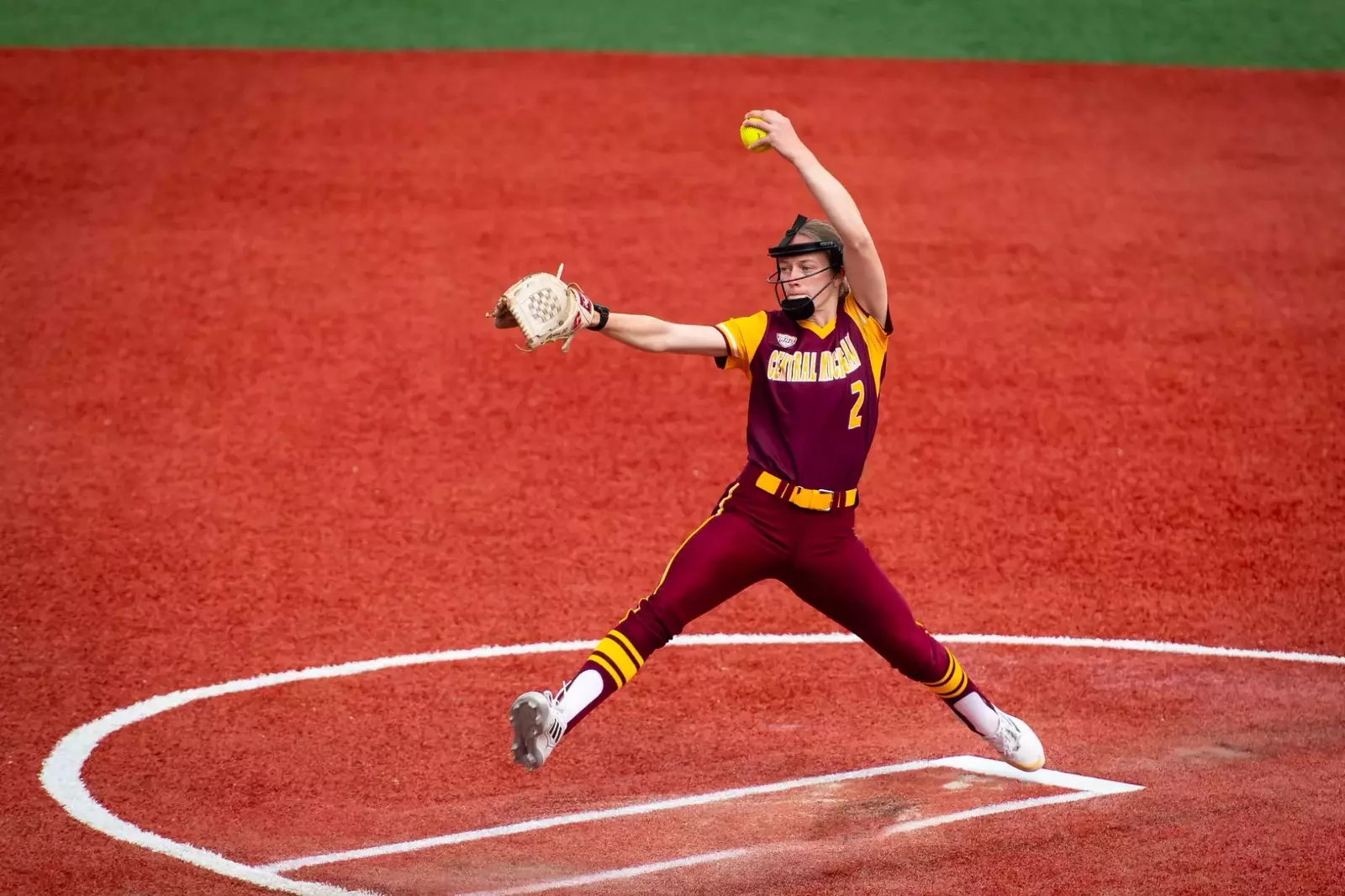

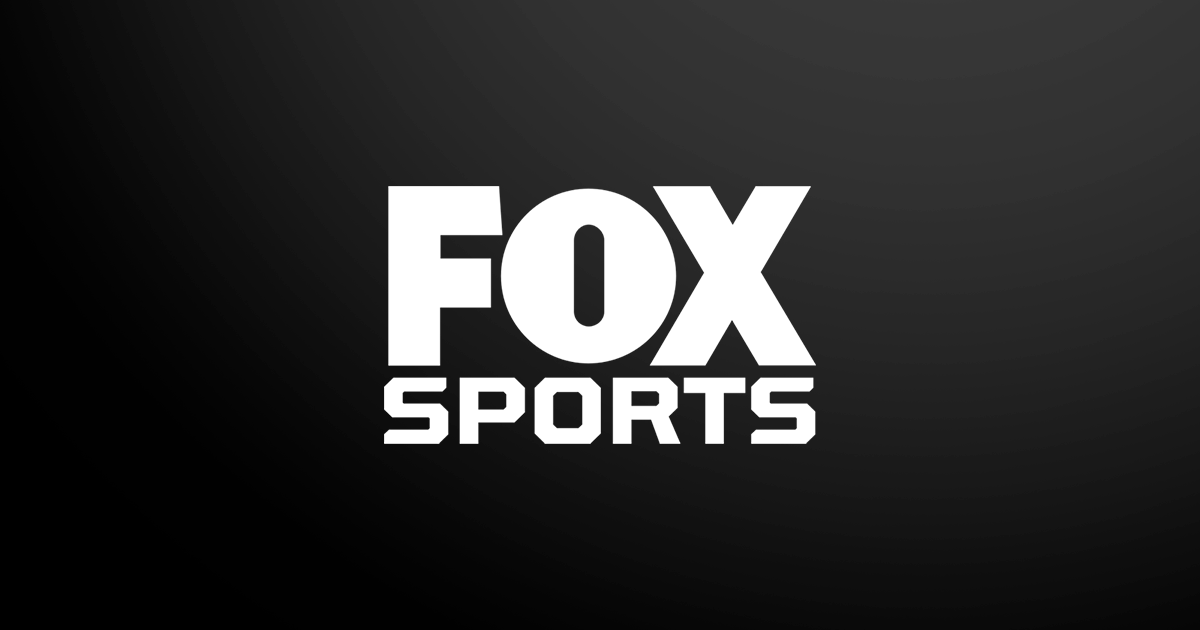
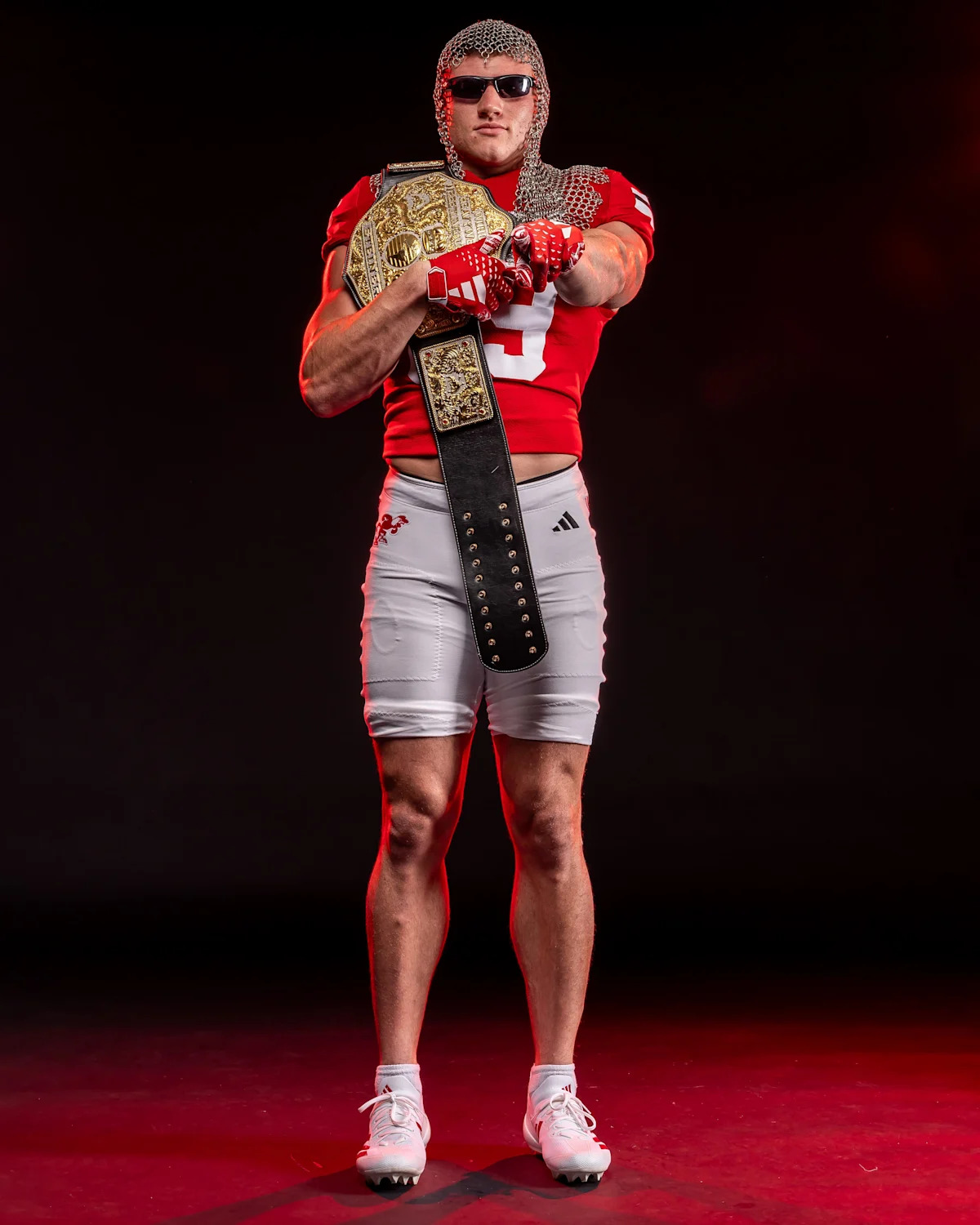
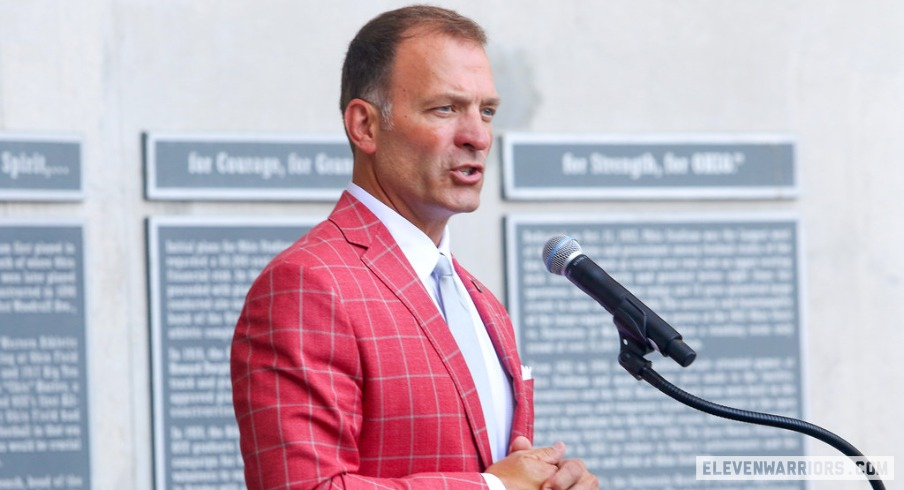
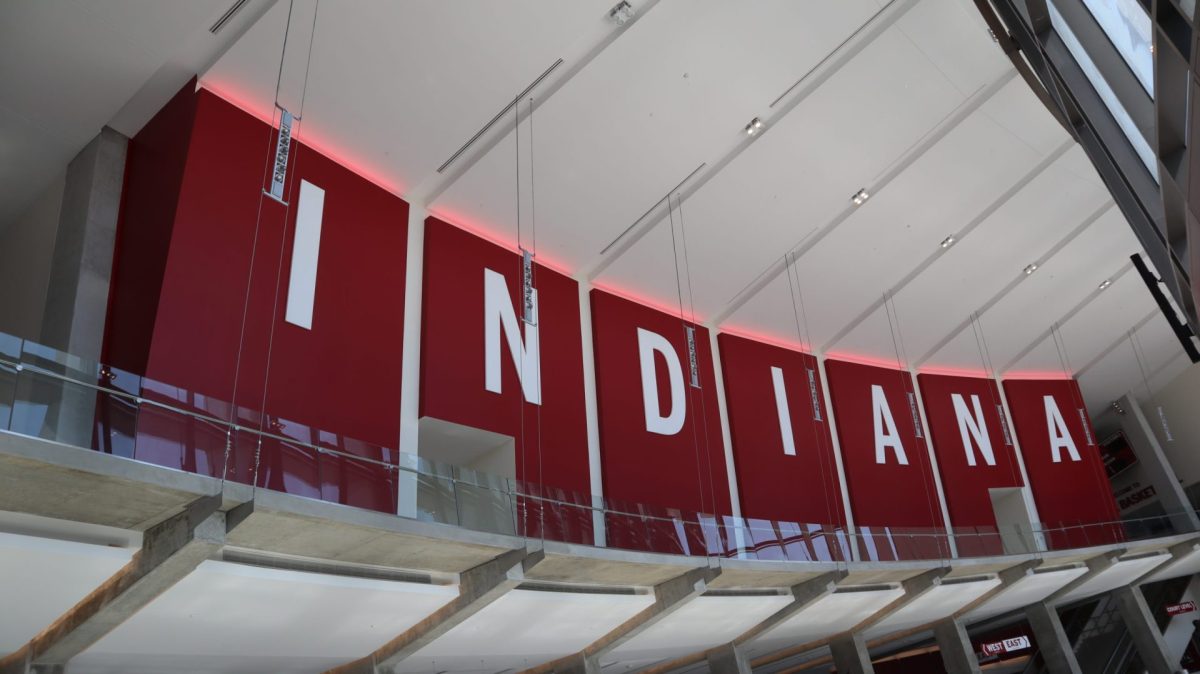

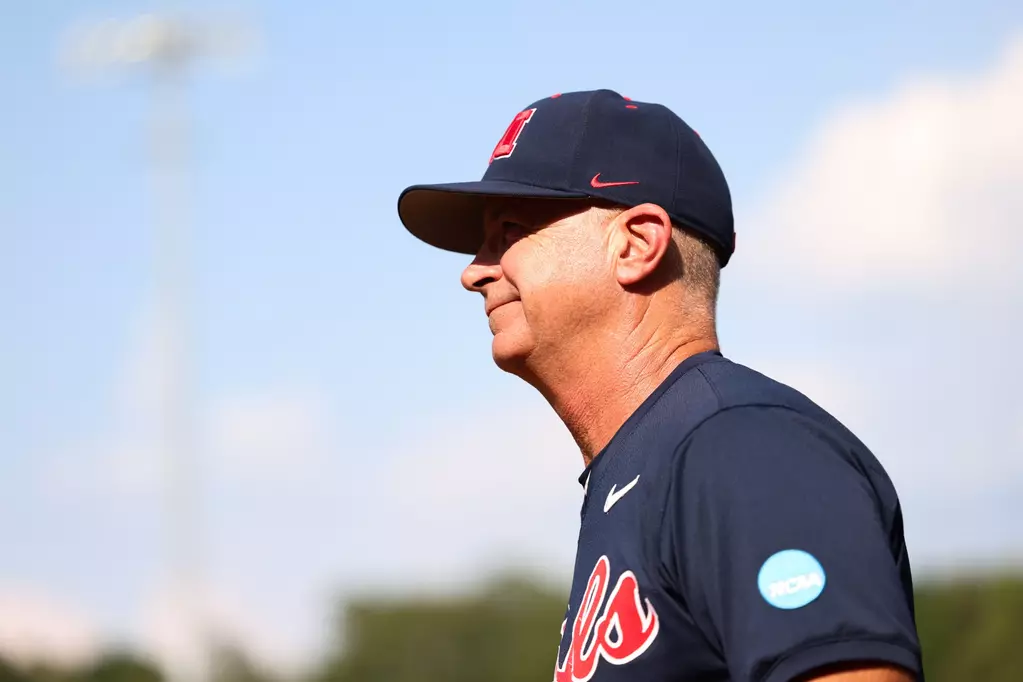

























 STEPHEN A. CALLS OUT LEBRON for Giannis and NBA eras comments
STEPHEN A. CALLS OUT LEBRON for Giannis and NBA eras comments  | First Take
| First Take


























